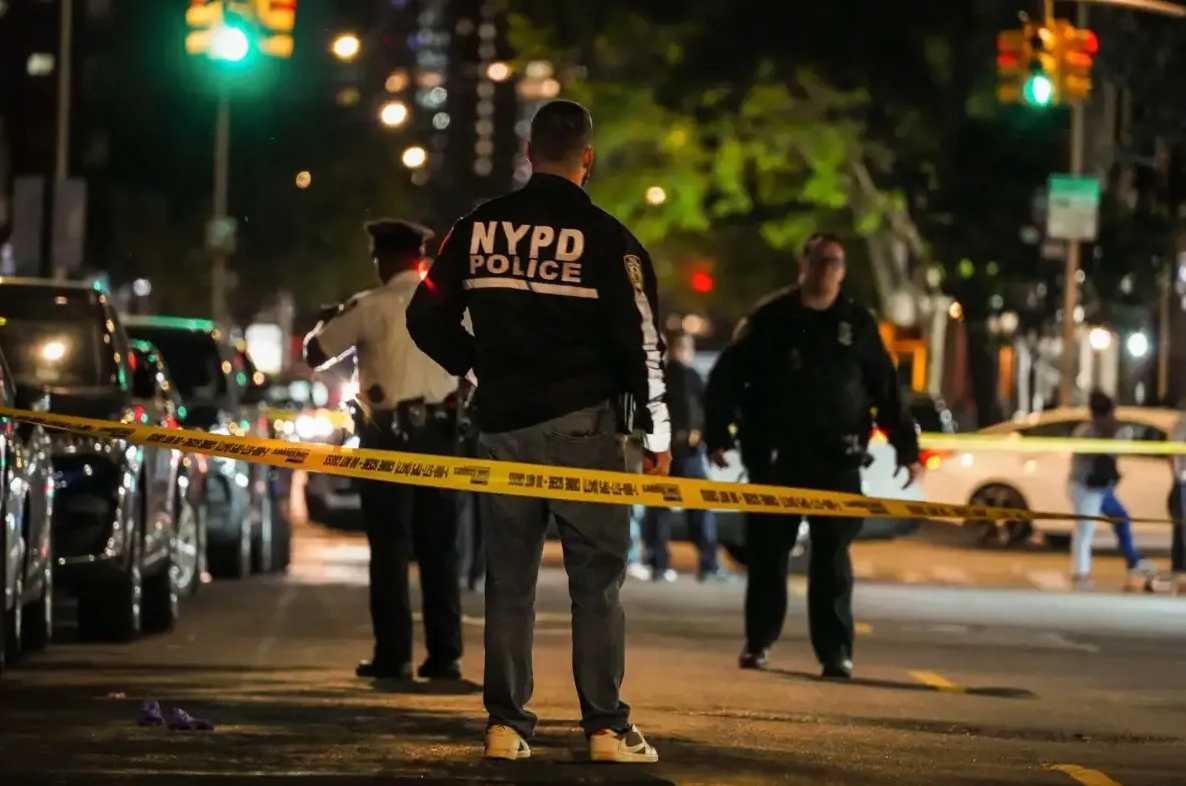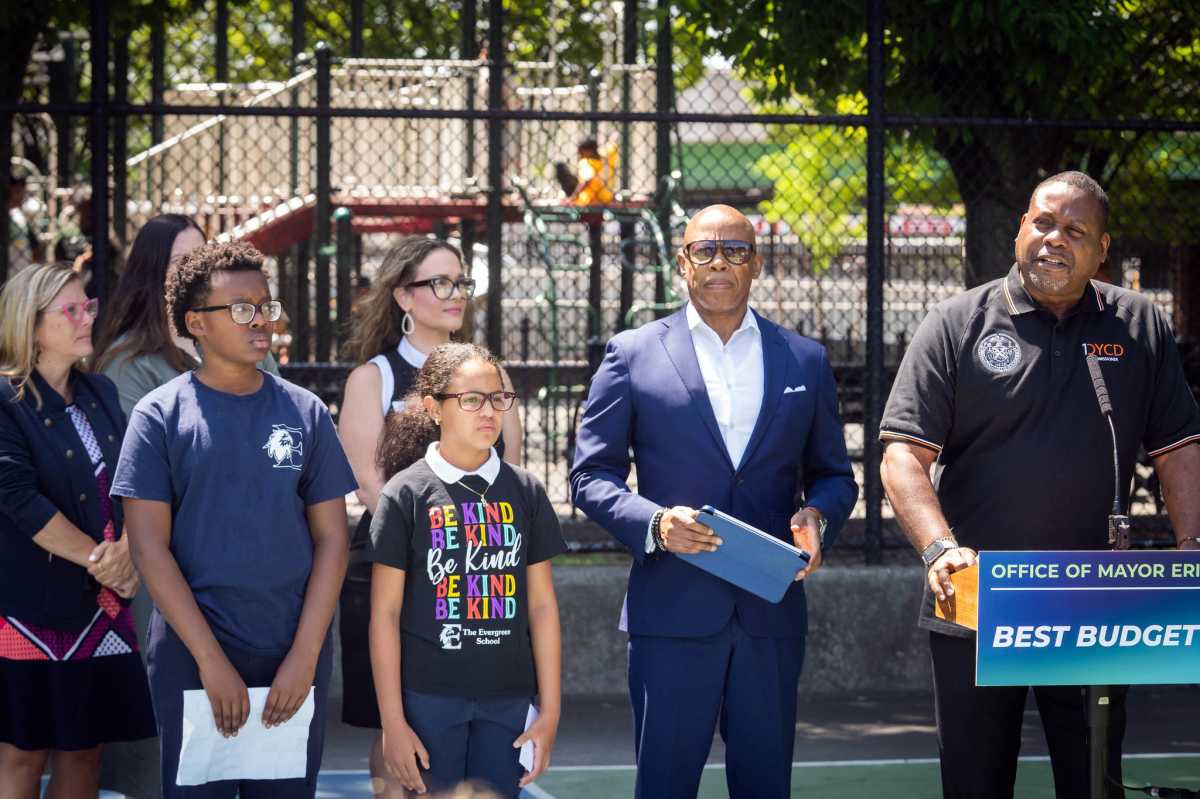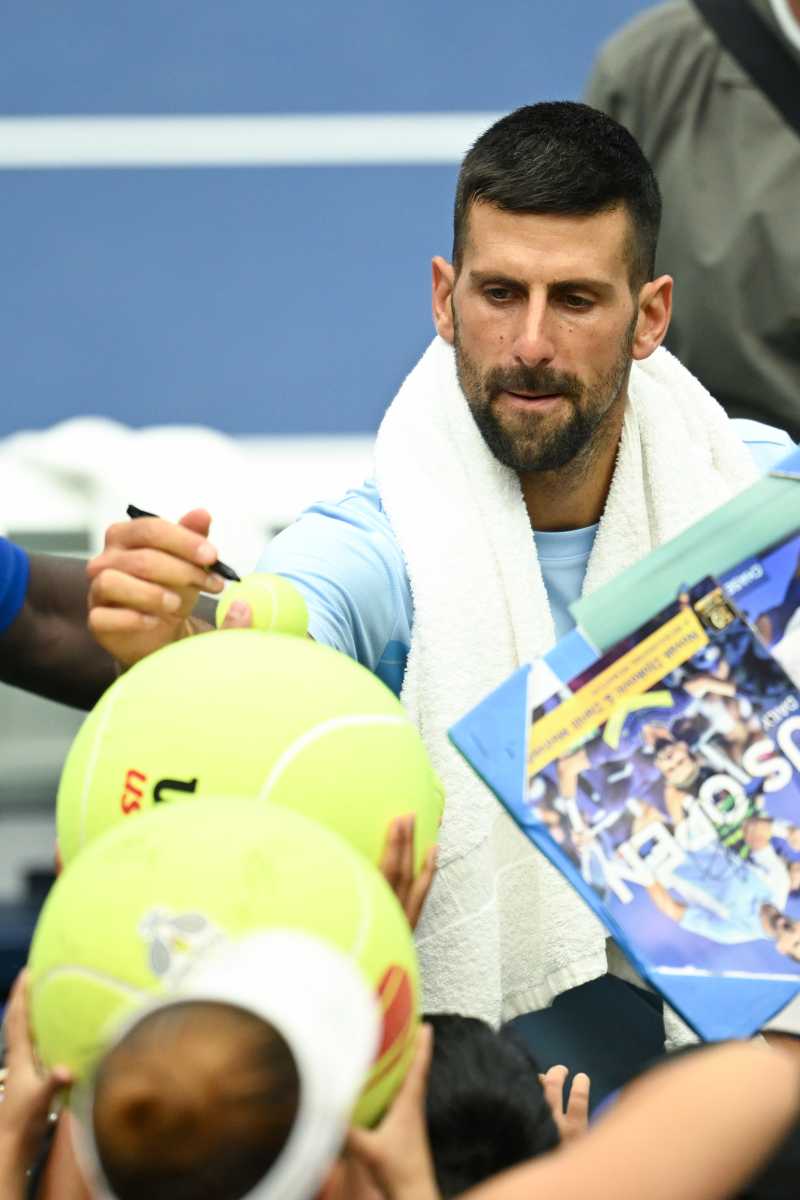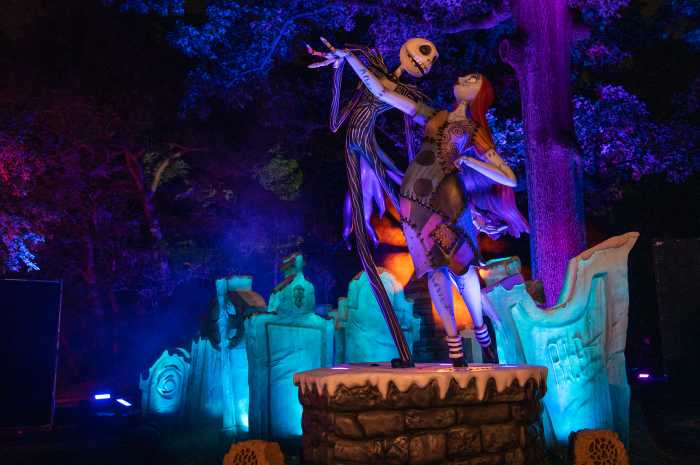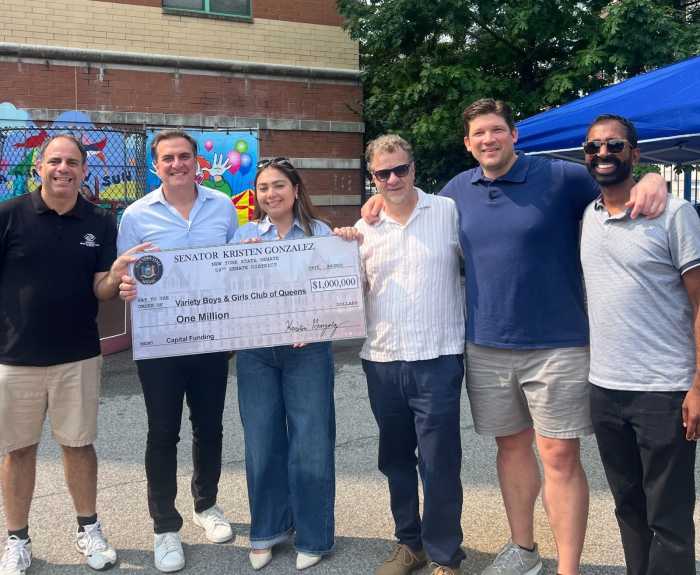
Even a month after the 9/11 attacks, the still-smoldering wreckage at Ground Zero spewed noxious smoke and toxins into the air.
BY YANNIC RACK |
Researchers are calling on Downtowners to send them their kids’ baby teeth — which they say can help them study the spread of pollutants after 9/11 and their effects on pregnant mothers and their children.
Scientists at Mount Sinai Hospital want to analyze the teeth of children born after the World Trade Center attacks to find out how they were affected by the disaster’s environmental fallout.
“We’re looking for maybe two, three, four teeth of children that were born right after 9/11, or where mothers were pregnant at the time of 9/11 — that would be the best situation,” said Dr. Roberto Lucchini, who is the director of the Division of Occupational Medicine at Mount Sinai and runs the World Trade Center Data Center at the hospital.
Lucchini, together with Dr. Manish Arora, an exposure biologist at Mount Sinai, pitched their proposal to Community Board 1’s Youth and Education Committee last month — urging the members to spread the word.
“The kids that have been exposed, we can’t undo that,” said Arora. “But we have shown that if children were at higher risk from exposure years ago, there are things that you can do now to help them catch up.”

Toxic dust hung in the air for days after the collapse of the World Trade Center towers, contaminating a vast area of Lower Manhattan.
Although extensive research has already linked the dust and debris at Ground Zero to respiratory diseases and cancer in workers and responders, experts say local children’s exposure to the toxins is still virtually uncharted territory.
“Children exposed to the disaster — their physical health impacts were the least studied of any exposed population,” said Kimberly Flynn, director of the outreach group 9/11 Environmental Action.
Flynn said the initial cover-up of the hazards after 9/11 hampered data collection on chemical exposure.
“Because the federal government was more interested in providing false assurances to the public, and because the city government basically carried that message as well, we don’t really have good exposure data,” she said.
The Mount Sinai study could help fill in those blanks because teeth preserve traces of chemicals encountered when they formed.
“The teeth can give you some information about the intensity and type of exposure,” said Lucchini. “We can detect what chemicals or exposure happened. And this is something we don’t really have at the moment.”
Arora, who has done similar research across the globe, explained that baby teeth essentially store records of chemicals in the body similar to growth rings in trees.
In California, for example, he was able to study the children of migrant workers and show based on their teeth that they suffered IQ deficits from the crop pesticides their parents worked with in the fields.
Arora also cautioned that he was simply proposing to do the research, and that he was looking for input from the committee members on how to use the information if the study proves successful.
“You, as a community board, will need to relate how this information empowers you to lobby for change,” he said. “I can say, ‘yes, this resulted in this health effect,’ but you could use this to lobby for more services, for example.”
CB1 members thought the study was a great idea.
“If the end goal is to get help, it might be very advantageous for a family that can show there is a severe deleterious effect,” said Youth and Education co-chairman Paul Hovitz.
“Sign me up, I’ve got baby teeth,” quipped committee member Wendy Chapman. “But they’re all in the same jar, so you’ll have to figure out which are which.”
Chapman, who was pregnant with her middle child during the attacks, said she had taken part in a different Mount Sinai study in 2002, which also measured the effects of the attacks on pregnant women and their newborns. That study found that the stress caused a dip in birth weights.
“The idea is actually to target the people that were enrolled in that study, because there was a lot of information that was already collected,” said Lucchini.
Once the pilot is underway and shows results Lucchini said the team could apply for funding through the World Trade Center Health Program to finance a larger study.
But for now, the researchers are looking for any number of teeth from children whose mothers were pregnant and in Lower Manhattan during or after the World Trade Center attacks.
Teeth can be sent by mail or dropped off at the hospital, and anyone interested should contact Lucchini or Arora via email for instructions at roberto.lucchini@mssm.edu and manish.arora@mssm.edu.





